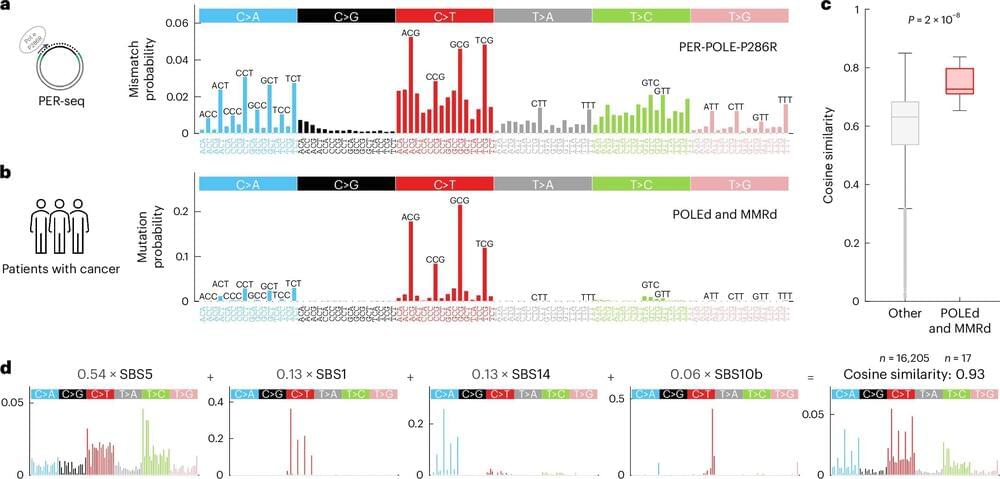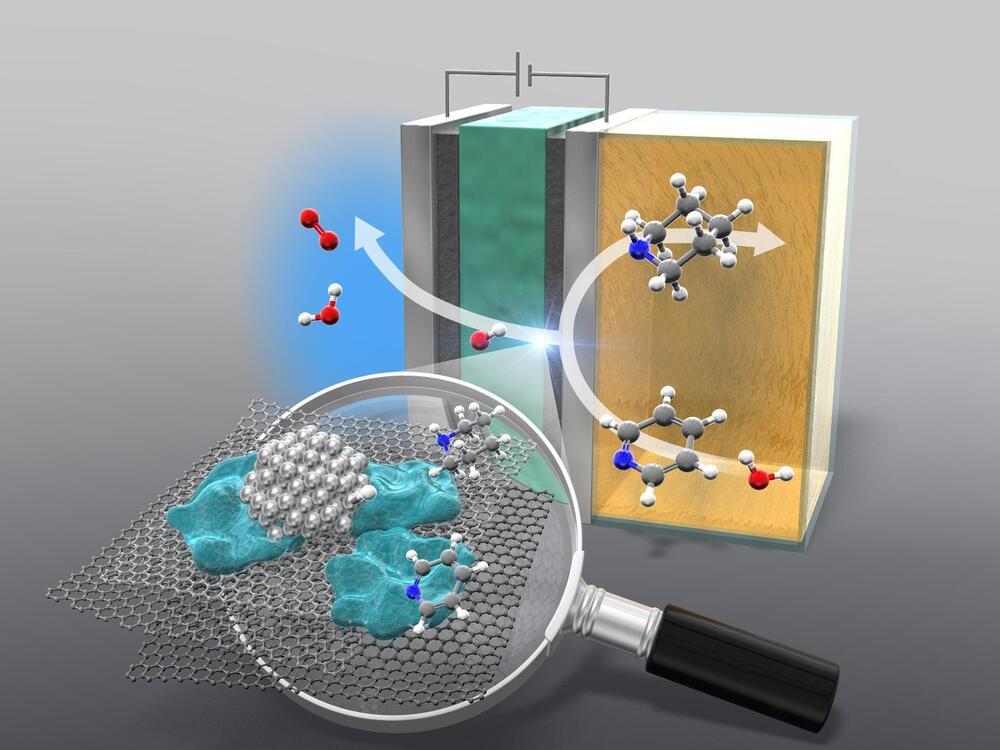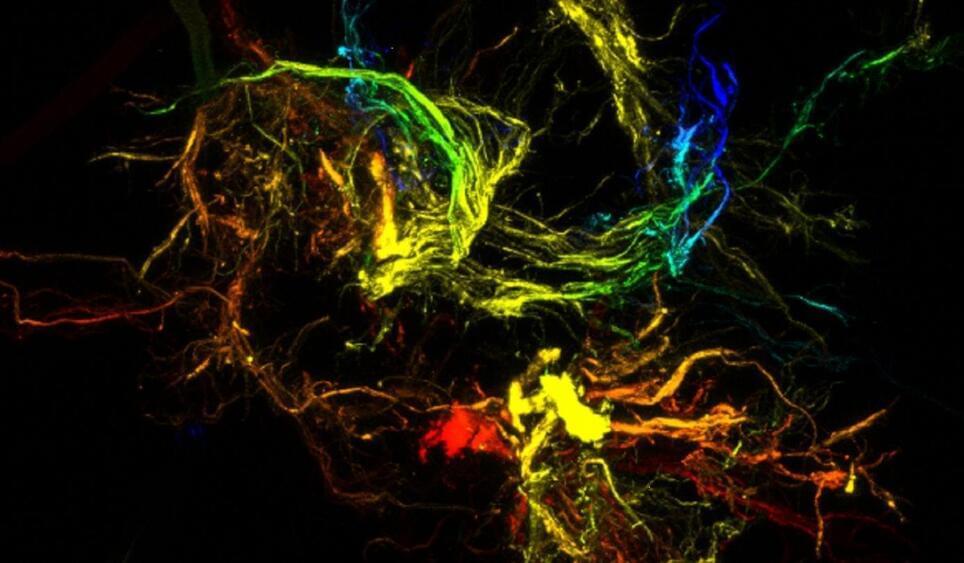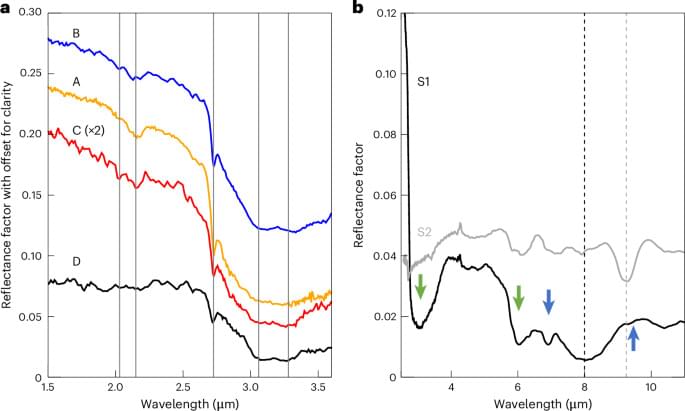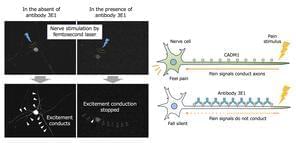All proteins are composed of chains of amino acids, which generally fold up into compact globules with specific shapes. The folding process is governed by interactions between the different amino acids—for example, some of them carry electrical charges—so the sequence determines the structure. Because the structure in turn defines a protein’s function, deducing a protein’s structure is vital for understanding many processes in molecular biology, as well as for identifying drug molecules that might bind to and alter a protein’s activity.
Protein structures have traditionally been determined by experimental methods such as x-ray crystallography and electron microscopy. But researchers have long wished to be able to predict a structure purely from its sequence—in other words, to understand and predict the process of protein folding.
For many years, computational methods such as molecular dynamics simulations struggled with the complexity of that problem. But AlphaFold bypassed the need to simulate the folding process. Instead, the algorithm could be trained to recognize correlations between sequence and structure in known protein structures and then to generalize those relationships to predict unknown structures.

